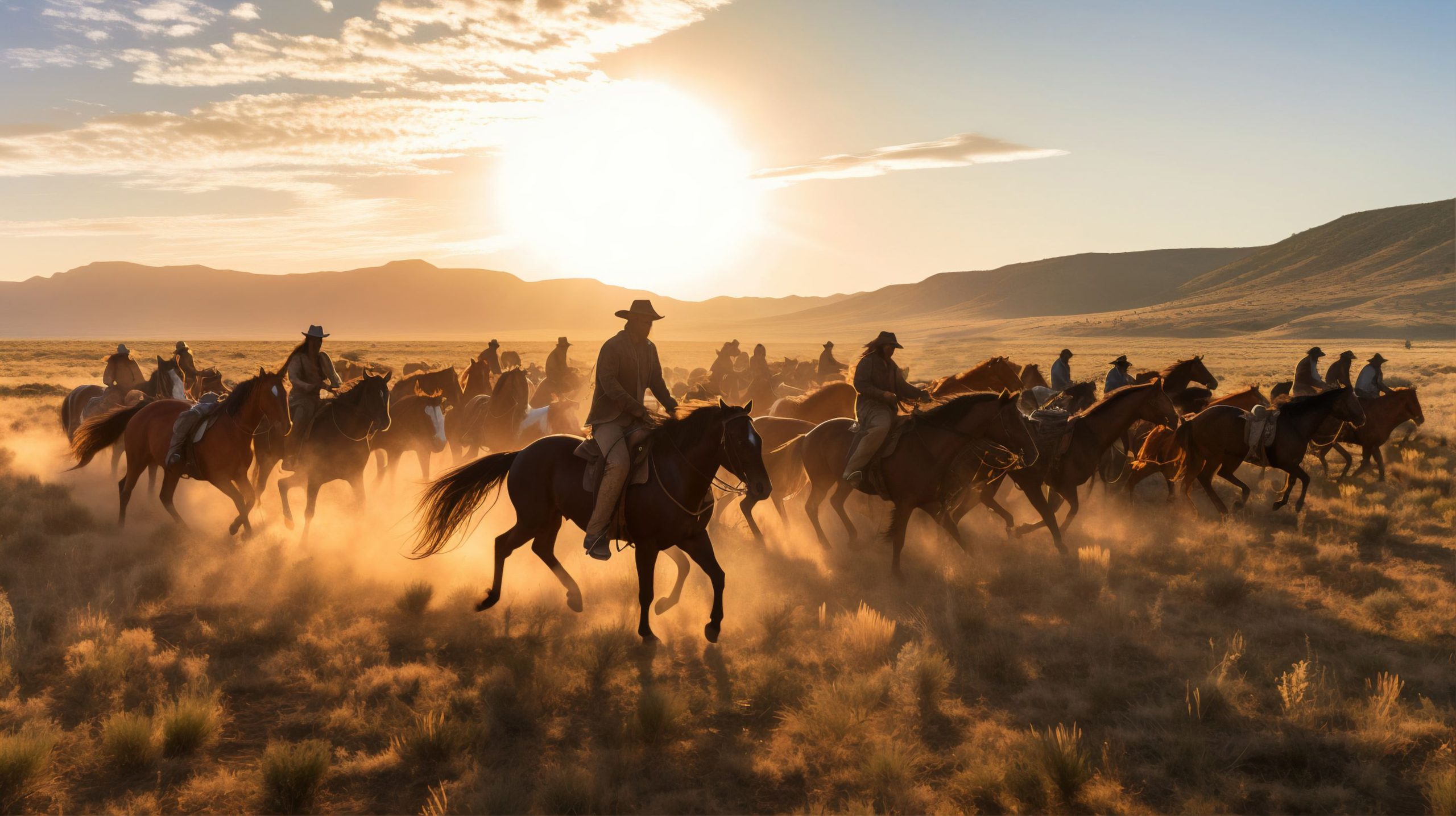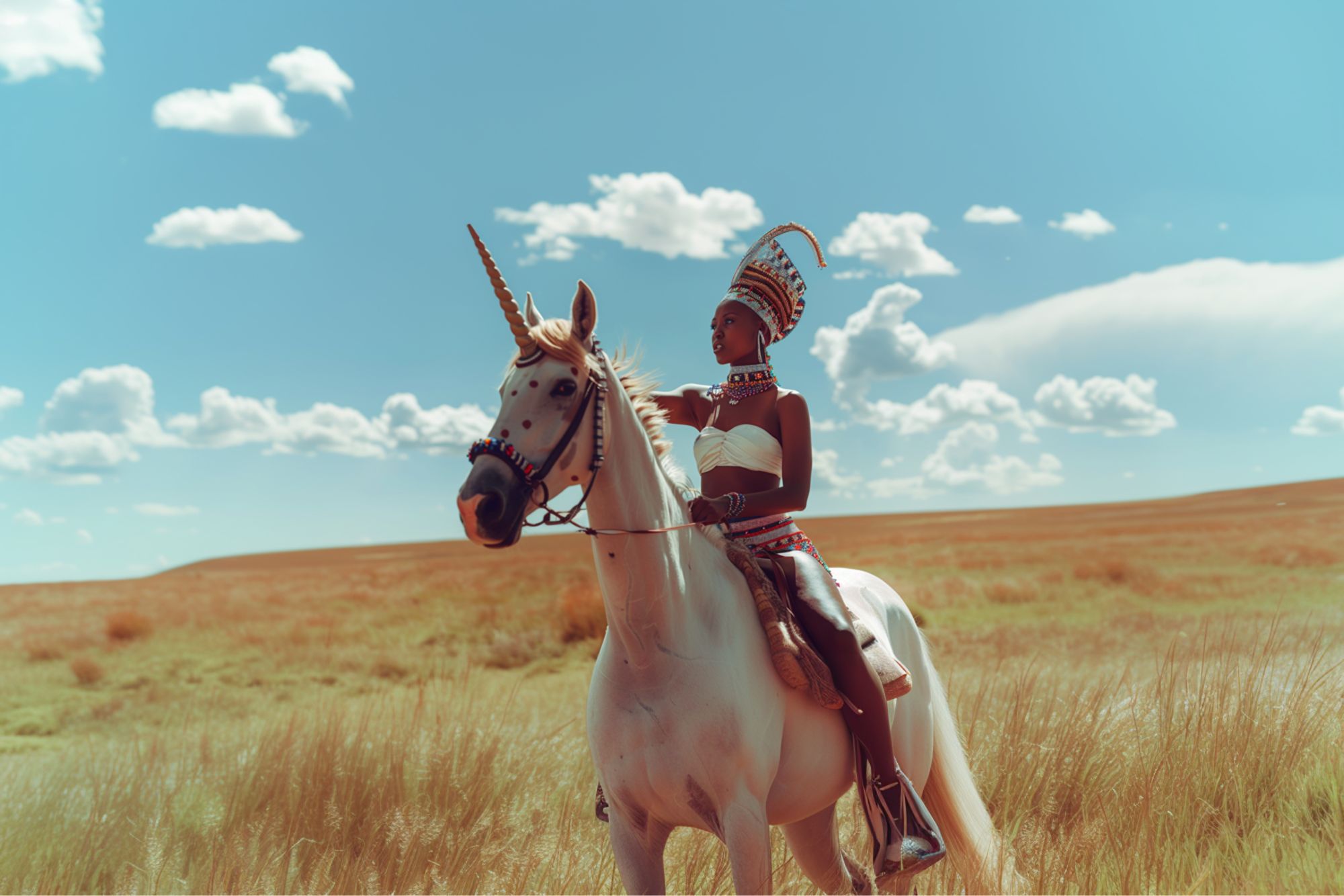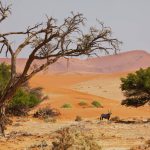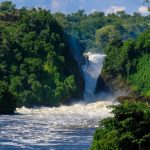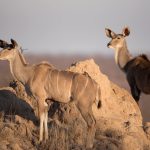Colesberg – Horse Breeding and Historical Attractions
The story of Colesberg, nestled in South Africa’s Northern Cape, began with a distinct, cone-shaped hill that still towers above the town. This natural landmark guided early explorers into the interior and marked the location where the first mission station was founded in 1814, near a vital waterhole. Just 28 kilometers from the Orange River and strategically located halfway between Cape Town and Johannesburg, Colesberg served as the northern edge of the Cape Colony at the time.
Originally established to bring peace to a volatile frontier, the Colesberg Mission attracted San and Khoikhoi communities who lived harmoniously. However, tensions with incoming farmers led to the mission’s closure. In 1830, the area was granted town status and named after Sir Lowry Cole, then Governor of the Cape. The town quickly became a frontier trading hub, notorious for illicit gunpowder and liquor trade, and later played a significant role in the Boer War, during which it was briefly captured by Boer forces.
Today, Colesberg is famous for its hot, dry climate, horse breeding farms, and rich historical legacy. The surrounding countryside produces excellent merino wool, and the town is dotted with architecture from several eras — Cape Dutch, Victorian, Georgian, and Karoo cottages, including entire streets lined with historic Karoo Block Houses.
Must-see attractions include the Kemper Museum, which houses evocative photographs of Karoo nomads, and the Horse Mill, one of the few surviving examples of its kind. Visitors can also explore the Anglican Church with its intricate stained glass, or head to the nearby Doornkloof Nature Reserve for wildlife and scenic beauty.
